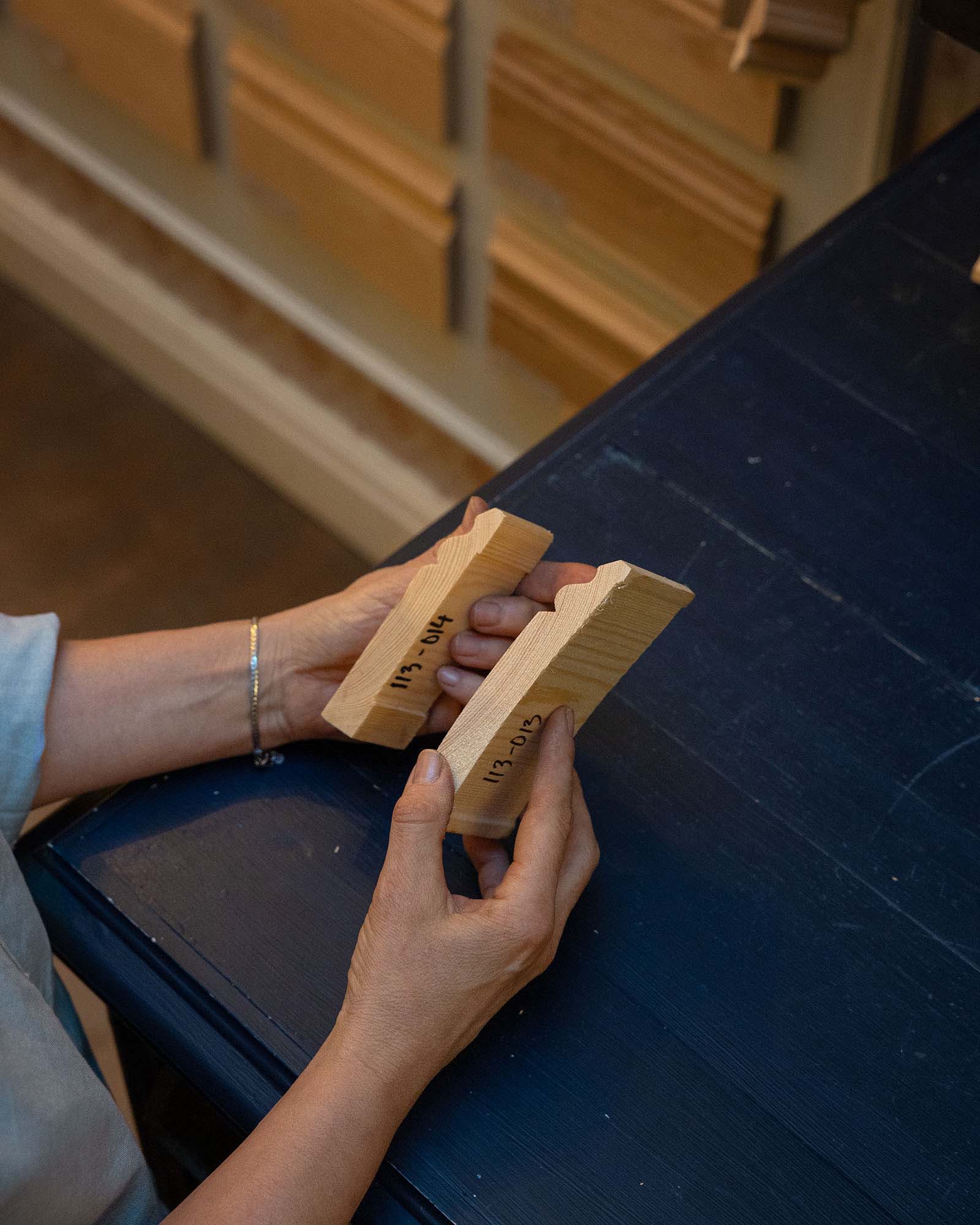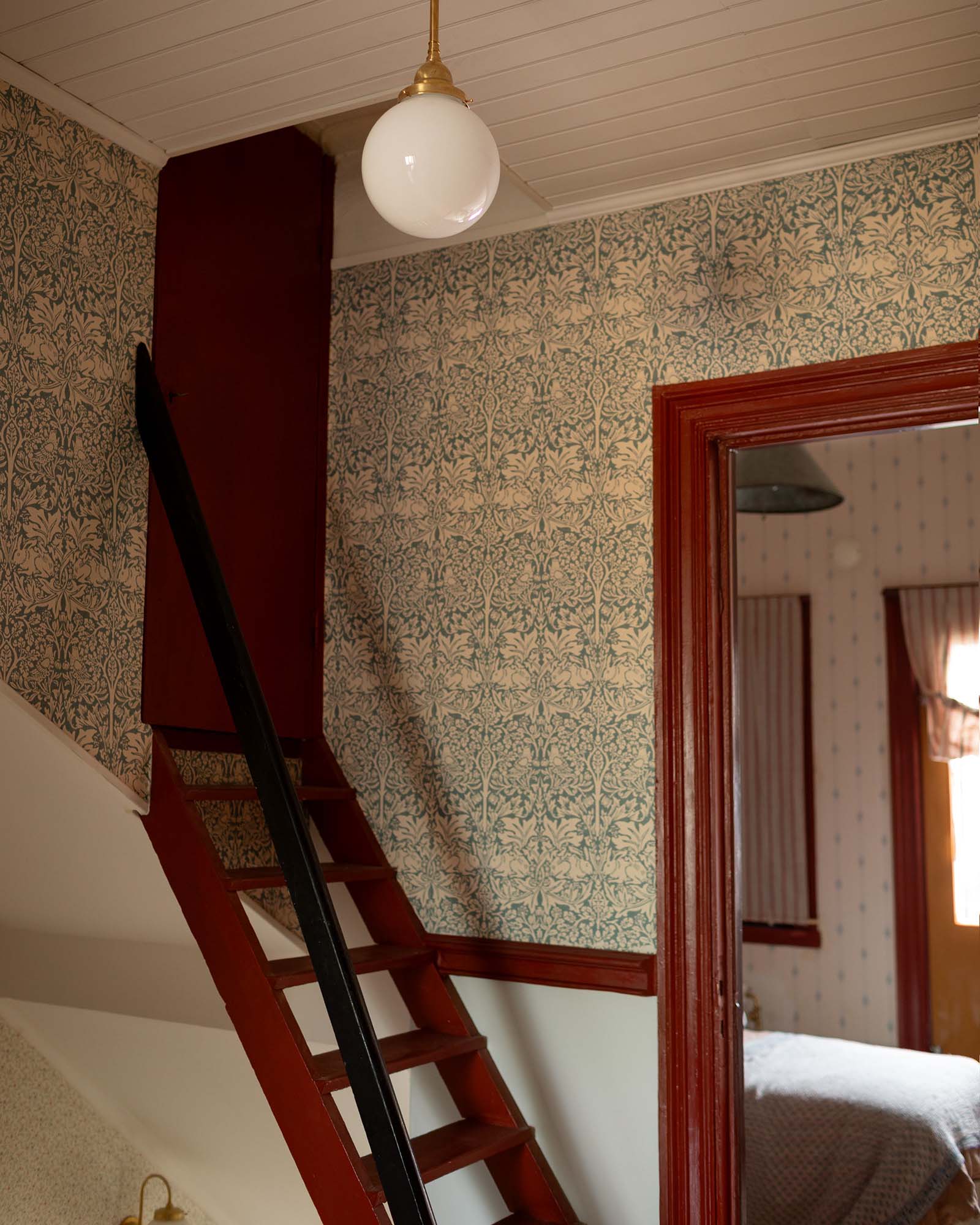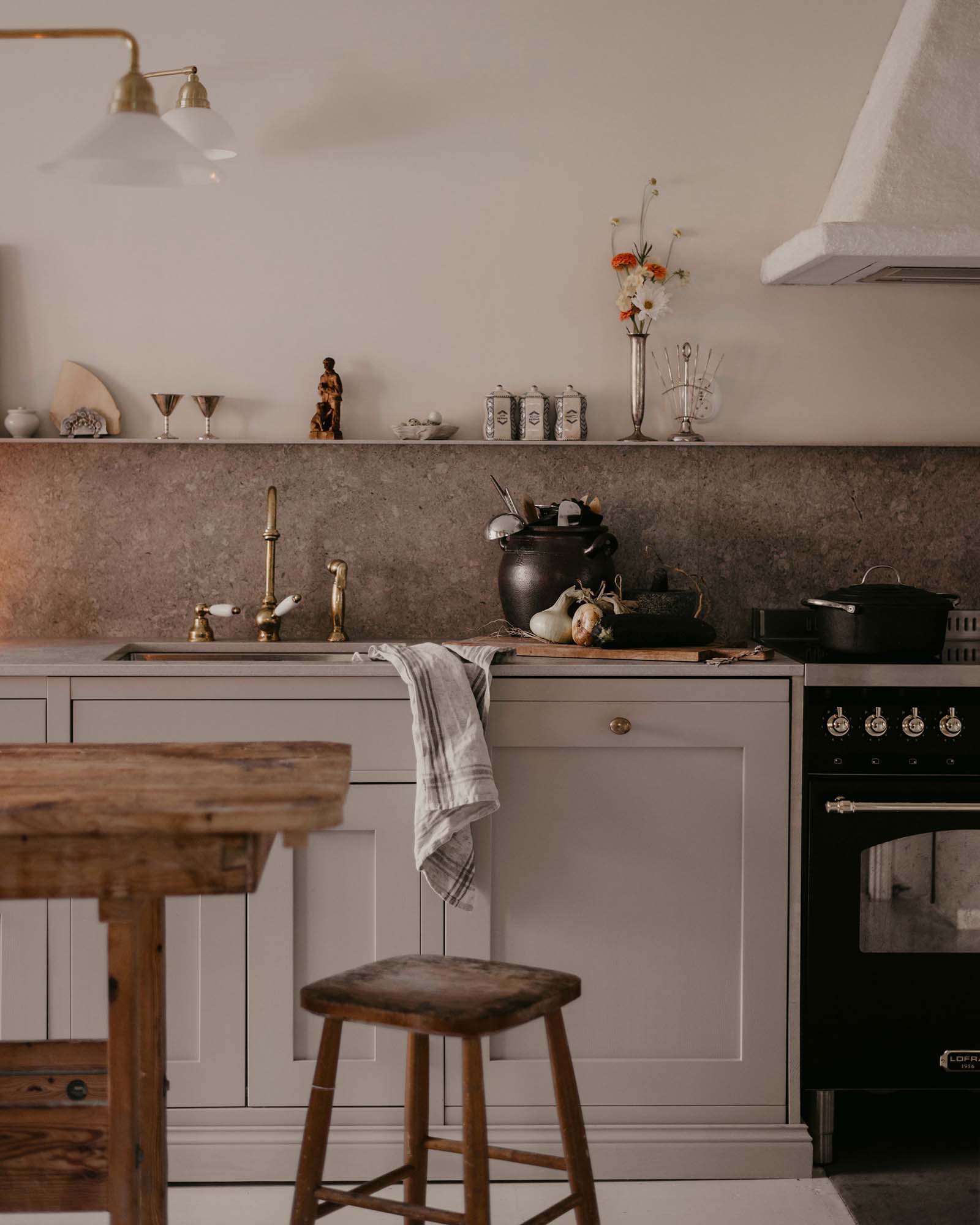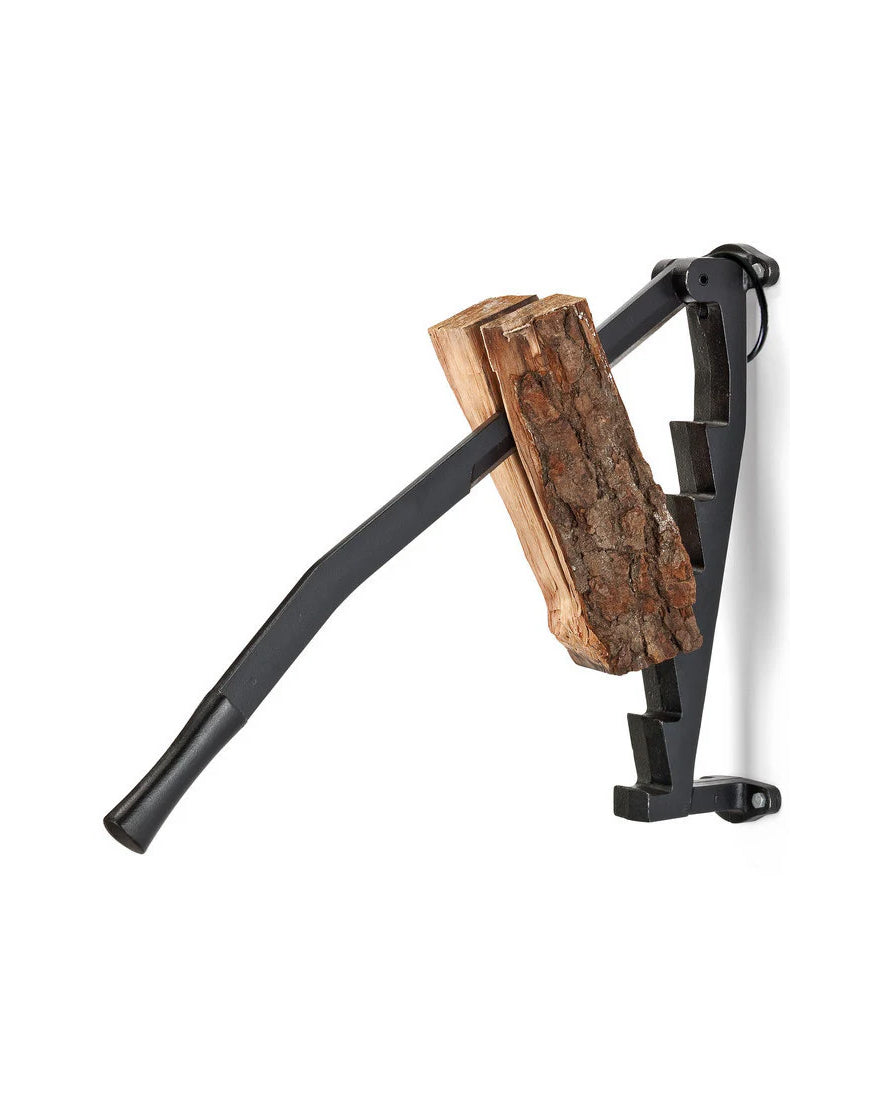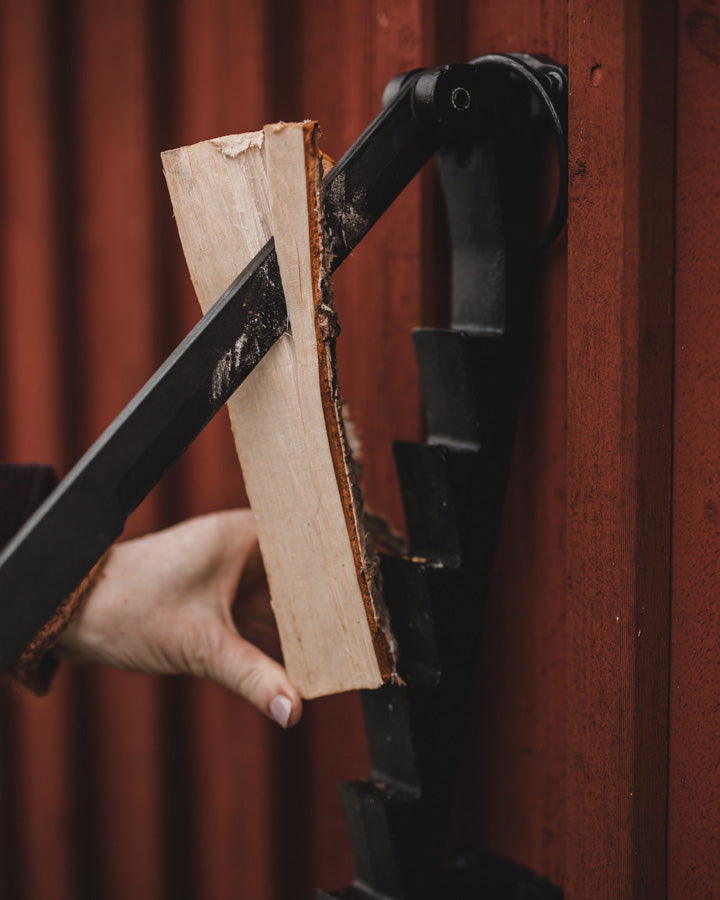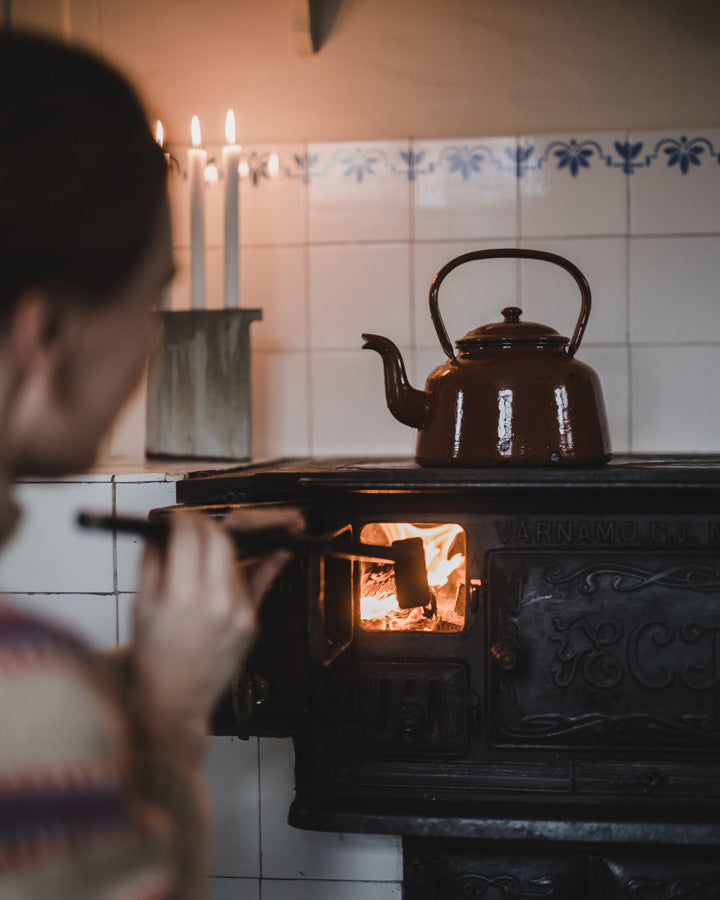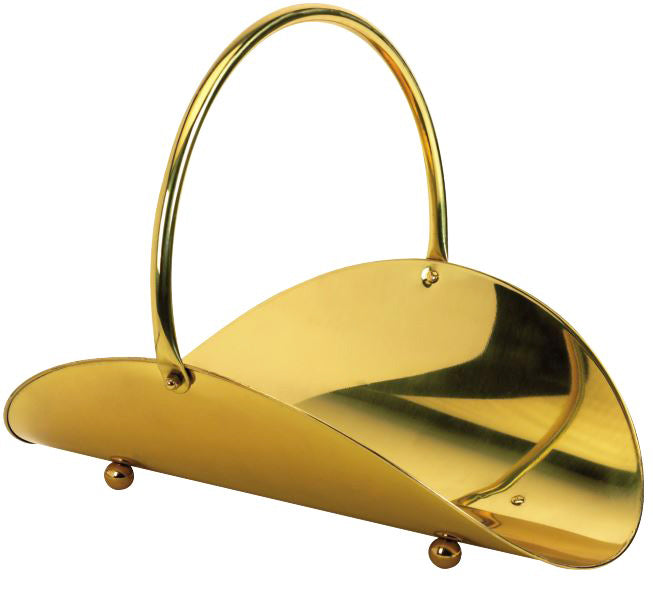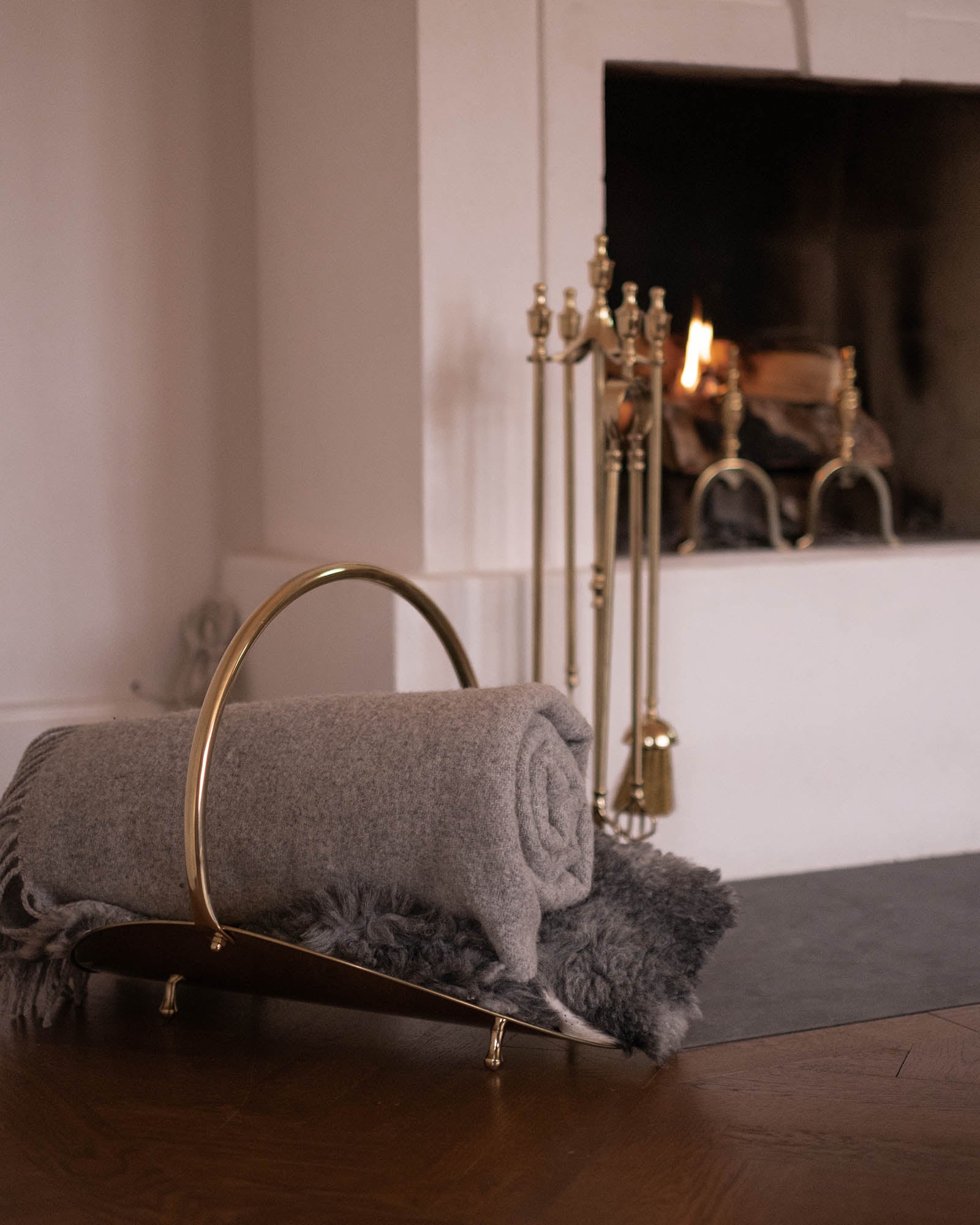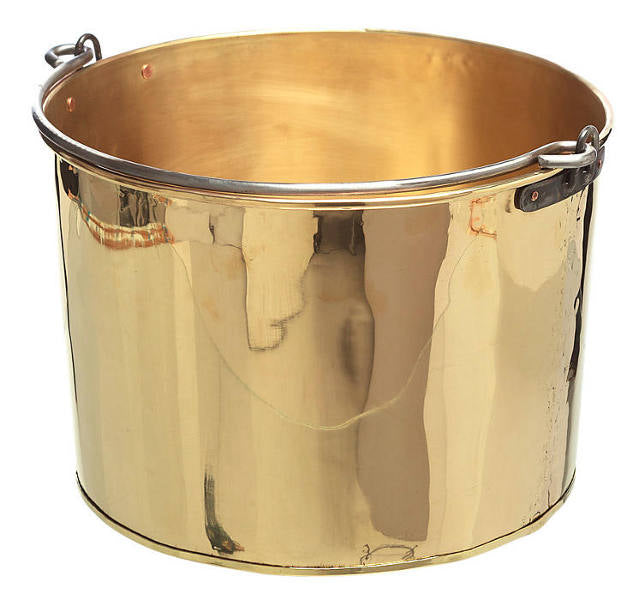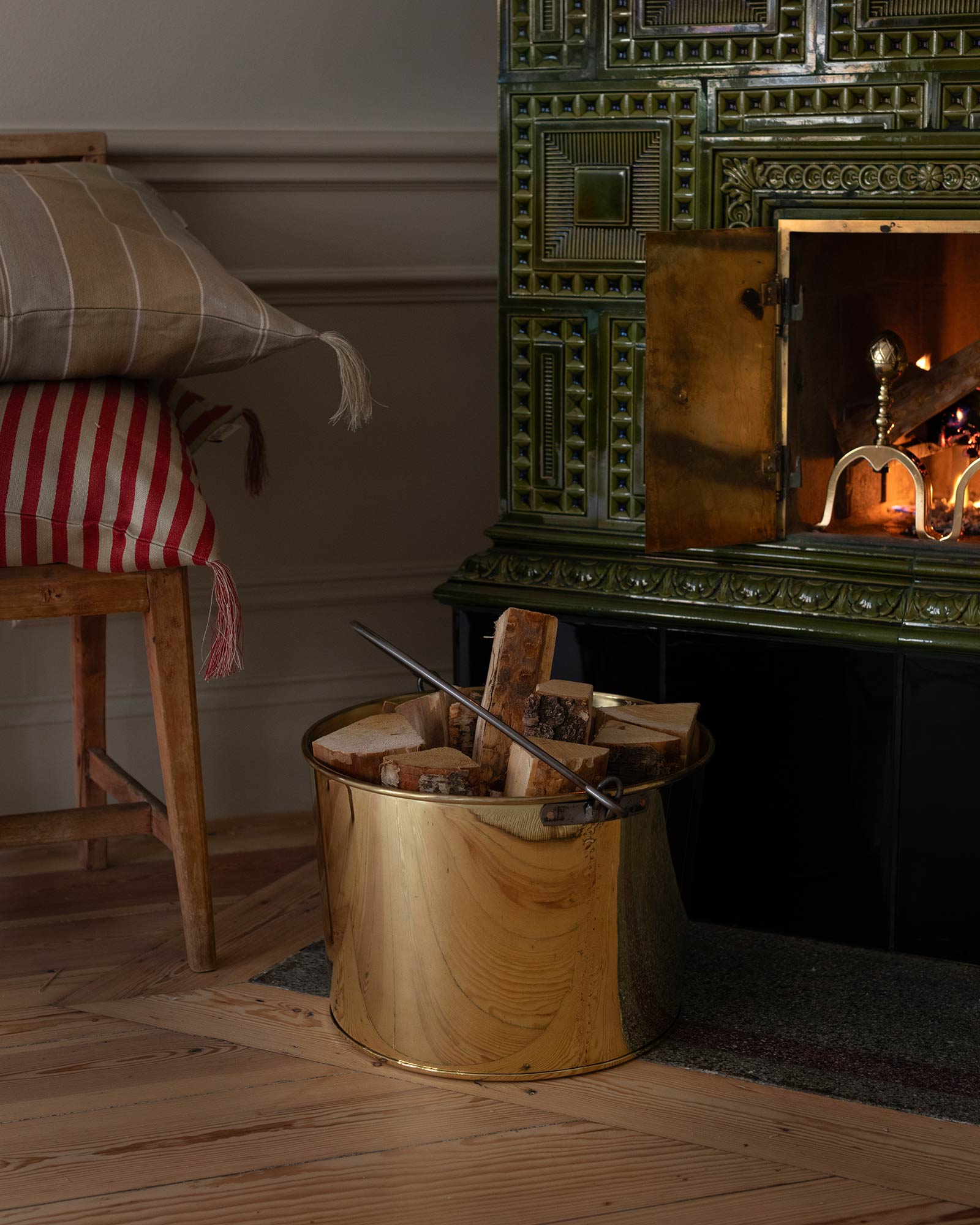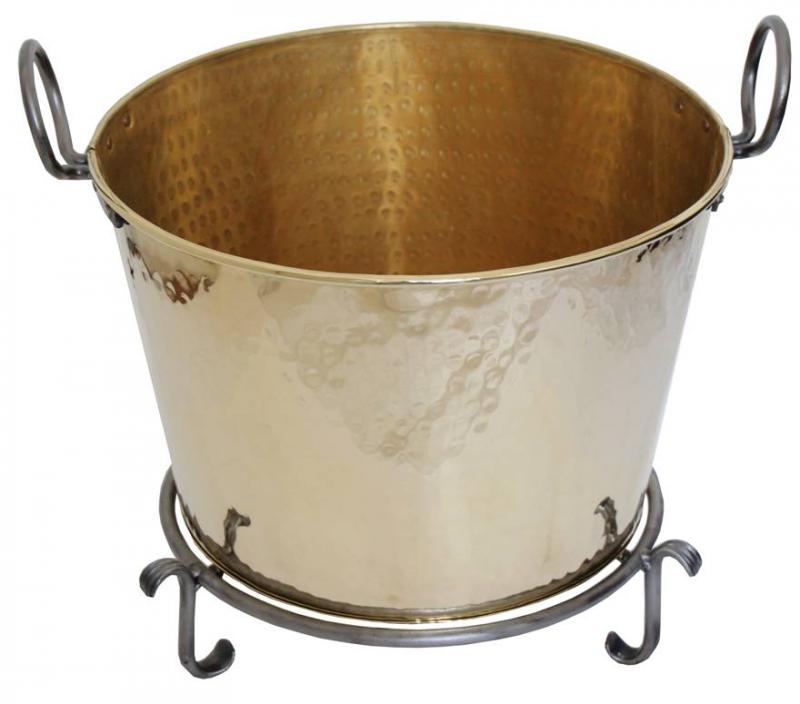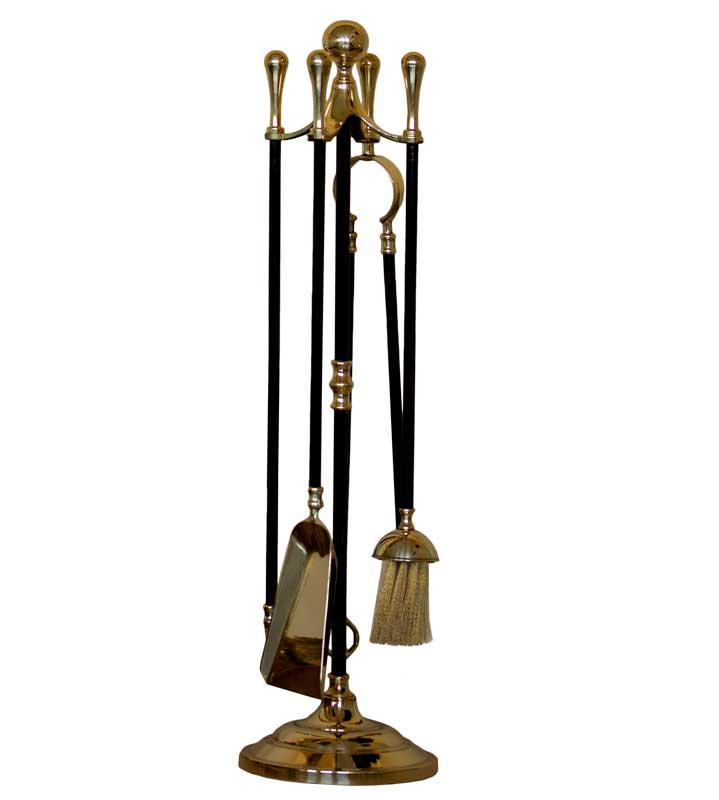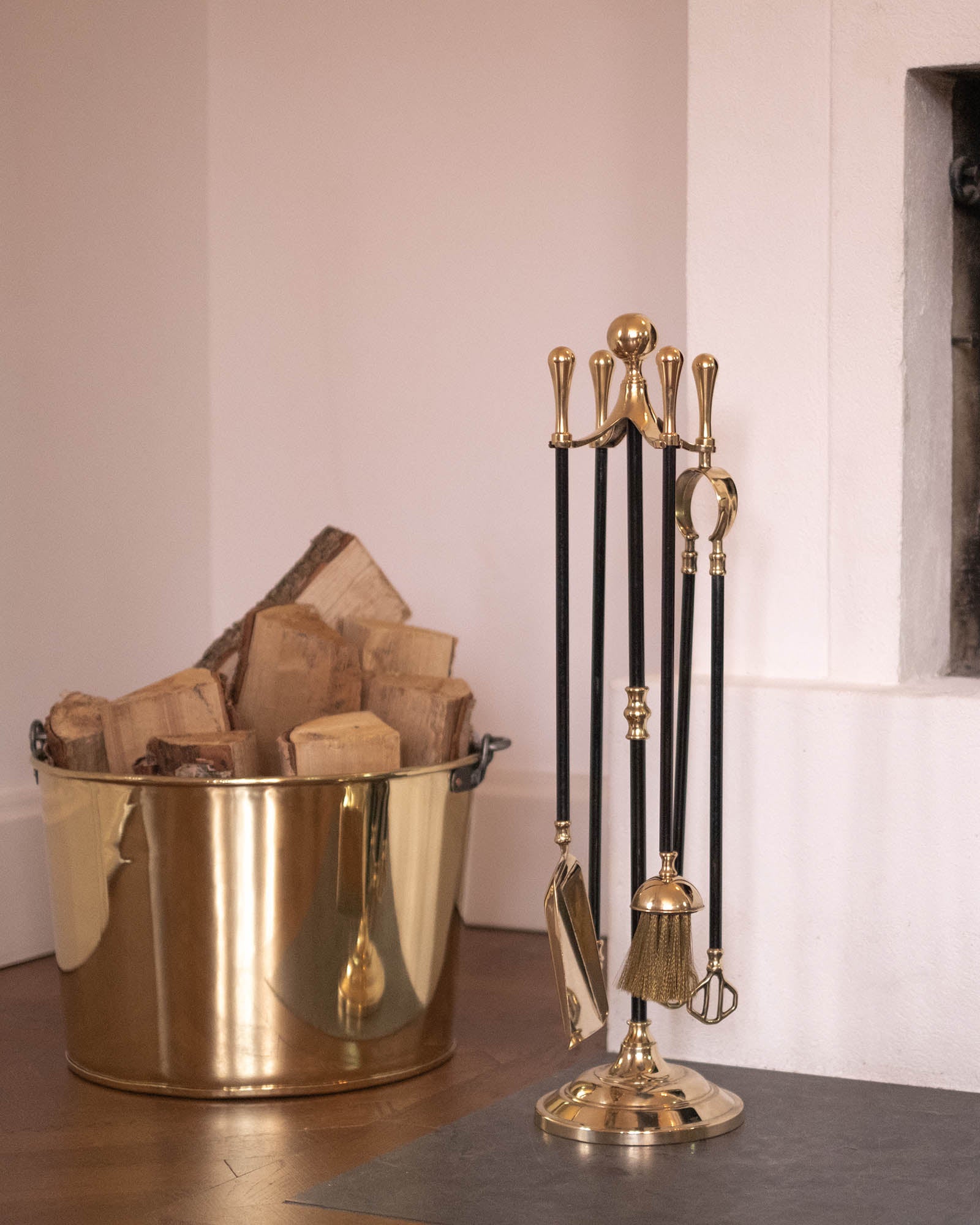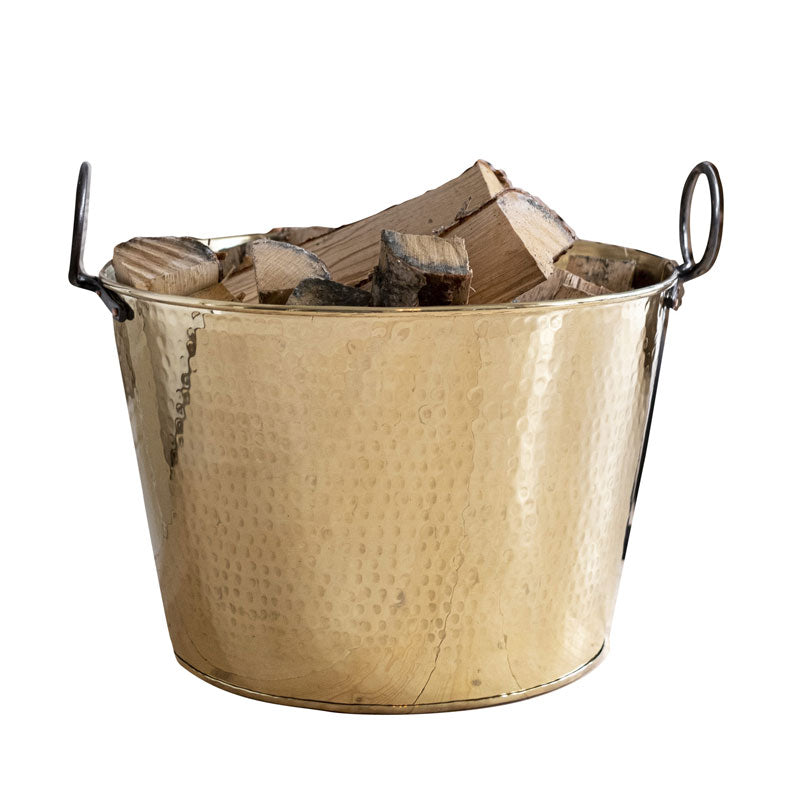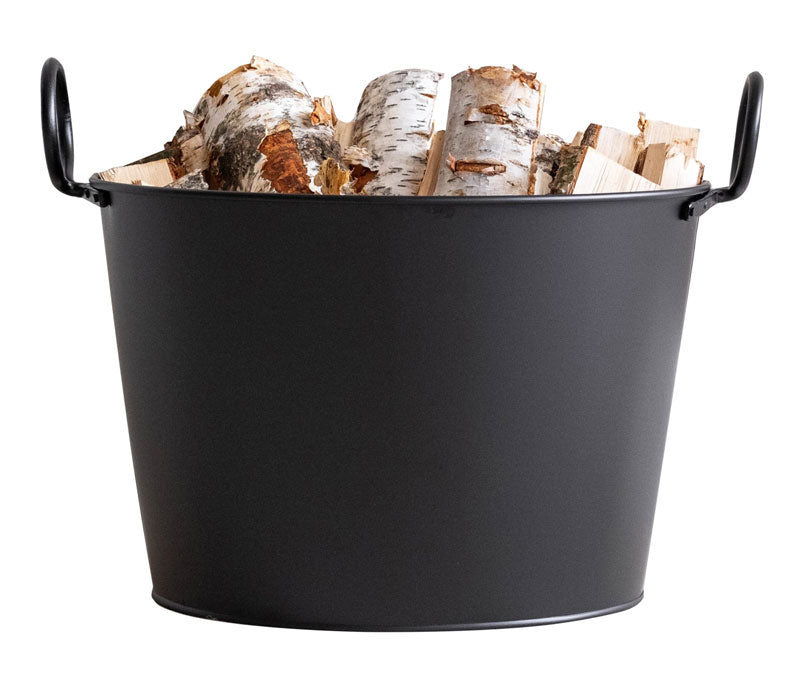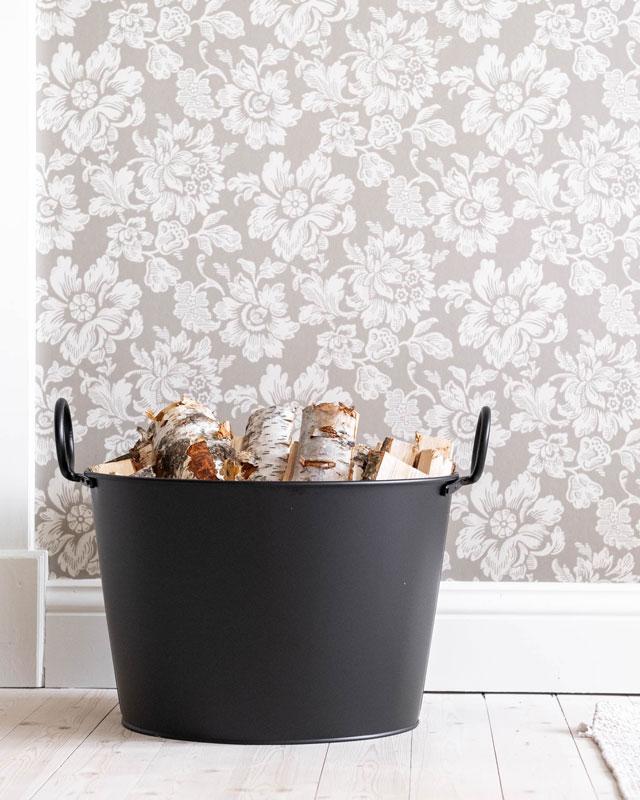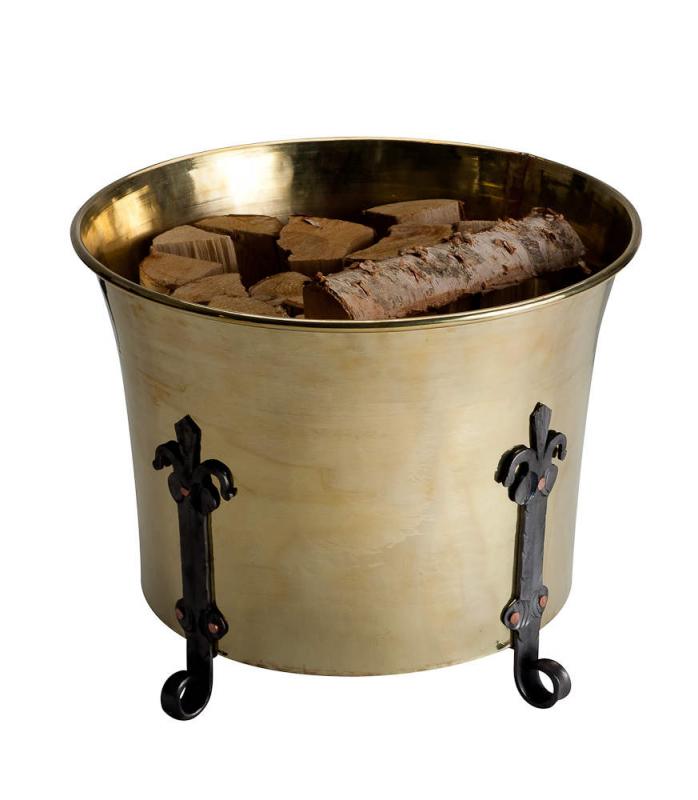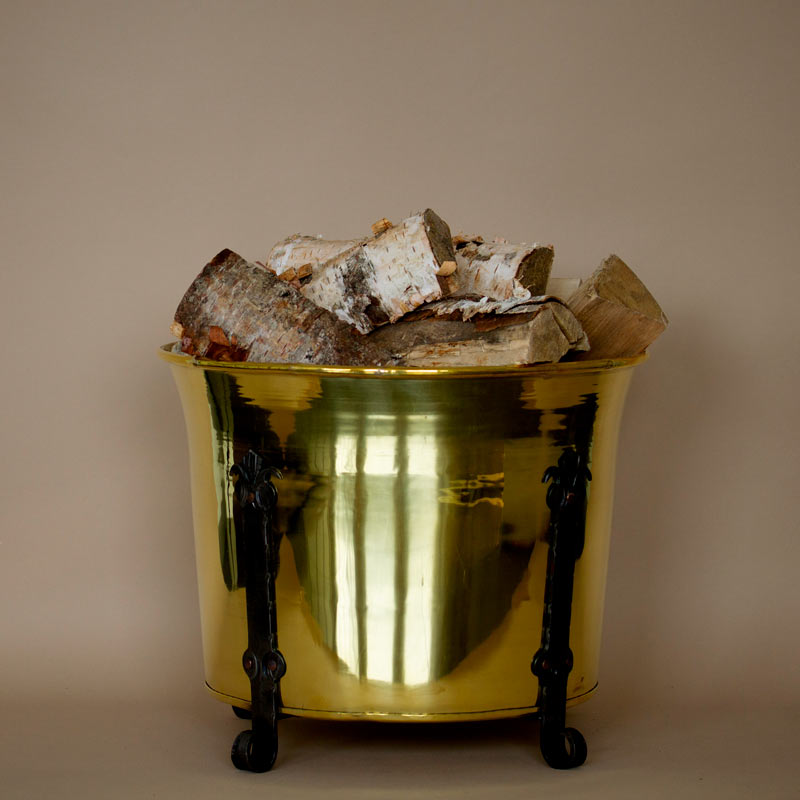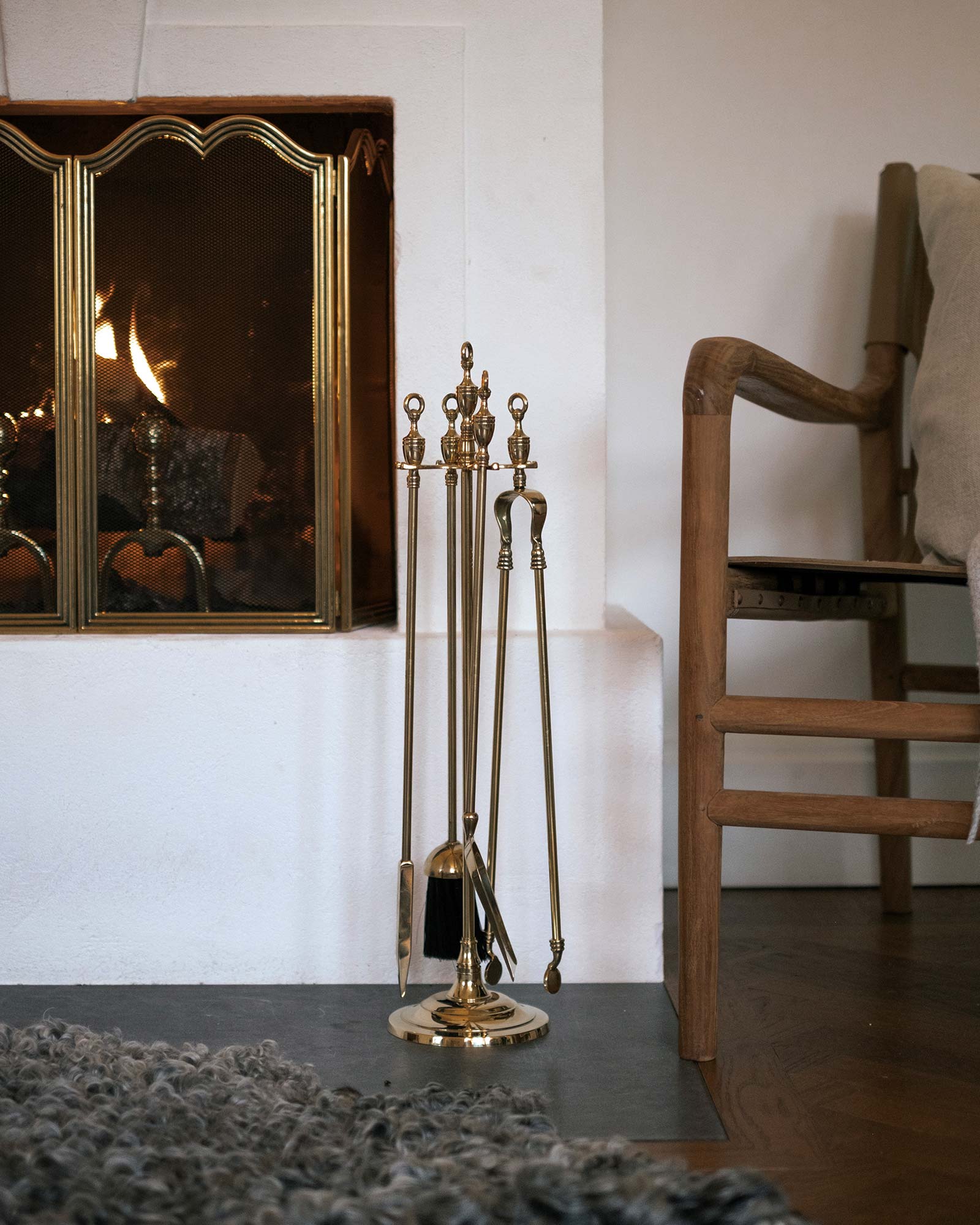When you light your stove, you may not think about it possibly causing air pollution that is harmful both to humans and the environment. Here are some useful tips on how to best ignite and maintain the fire to enjoy the warmth from the flames with a good conscience!
The wood
Only use dry wood (15-20% moisture content). When the logs of wood have been outdoors under a roof for at least half a year, but preferably up to a year, it will be perfect. You shouldn't use alternatives such as garbage, plastic, impregnated wood, etc. due to the toxic substances released. If the wood is indoors for a long time (more than a couple of weeks), it may on the other hand become too dry, which will burn up faster and give higher emissions of pollutants such as carbon black and carbon dioxide.
Igniters
To ease the fire and reduce emissions, use some kind of ignition, such as briquettes, blocks or lighters. It also works to use chopped wood and lightwood, which you easily cleave with our wood kindlings tool Stikkan. Avoid any newsprint and do not use lighter fluid due to the safety hazards and the contamination that it contributes to.
Light up
Staple the wood airy with the largest logs at the bottom and the smaller ones on top, preferably placed to form a square. The ignition agent should be placed just below the top logs. Then light the fire and let the oxygen flow come through by keeping the door of the stove open until the fire burns properly. By lighting the top of the fire, the gas burns instead of spreading as air pollution, the fire burns evenly and provides heat more efficiently.
Proper air supply
From the environmental and thermal point of view, the fire should not burn too powerfully or too slowly. Let in plenty of air until the fire has recurred by adjusting the dampers and then close gradually to give the fire enough oxygen. The flames should be lively, clear and yellow but not too wild.
Add wood logs
If you want to keep the fire burning, it is time to add 2-3 logs when the wood has burned up and a light bed has been formed. Open the damper again and place the logs preferably crossed.
Invisible smoke
If the fire burns with bright flames, the smoke shouldn't really be visible at all. If the smoke from the chimney is yellowish, black or gray, it is a sign that there is too much air pollution. Please consult the chimney sweep or climate advisor in your municipality for consulting.
Ash
Also contact the municipality to hear what to do with ash from wood burning. If there are no specific recommendations, you can return the ashes to the forest or place it in your own garden, for example around ornamental shrubs. Important to keep in mind, however, is that the ash must be completely burned out and not spread where you grow food. Keep the ash in a flame-resistant container with a lid and make sure that the vessel isn't placed on a flammable surface to minimize fire hazard.




























































































